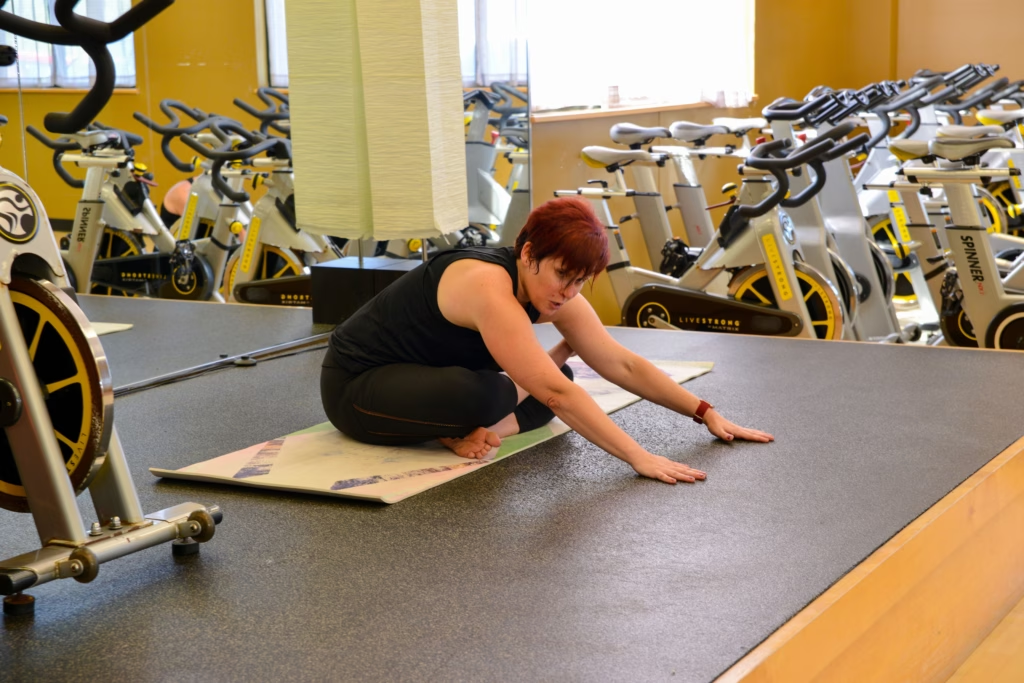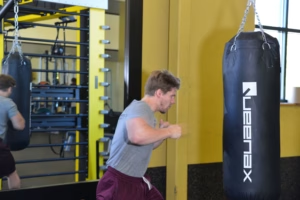The recovery market has exploded with high-tech gadgets promising faster gains, reduced soreness, and superhuman healing powers. From $300 massage guns to $10,000 cryotherapy chambers, the options seem endless and increasingly expensive.
With so many choices, how do you separate marketing hype from genuine performance enhancers? Let’s examine which recovery tools deliver results worth your investment.
High-Value Recovery Basics
Quality sleep remains the most powerful recovery tool available, yet many athletes underinvest in this free resource. Optimizing your sleep environment with blackout curtains, consistent schedules, and electronic curfews delivers more recovery benefits than most expensive gadgets.
Proper hydration costs almost nothing yet dramatically impacts recovery speed. Research shows mild dehydration (2-3%) impairs performance, slows recovery, and increases perceived exertion.
Strategic nutrition timing, particularly protein and carbohydrate intake, outperforms most recovery gadgets for a fraction of the cost. A simple protein shake after training promotes tissue repair more effectively than many trending recovery methods.
Active recovery sessions like light walking, swimming, or yoga improve blood flow and reduce soreness without expensive equipment. These low-intensity activities clear metabolic waste and deliver nutrients to healing tissues.
Mid-Range Investment Tools
Foam rollers and lacrosse balls deliver significant myofascial release benefits for under $50. These tools effectively target tight muscle groups and trigger points when used consistently.
Compression gear shows mixed but promising results in research. While not magical, quality compression garments can reduce perceived soreness and may help maintain performance during periods of heavy training.
Massage guns have solid science supporting their effectiveness in reducing muscle tension and improving blood flow. While high-end models cost hundreds, mid-range options around $100-150 often provide similar benefits.
Contrast therapy (alternating hot and cold) remains one of the most effective recovery methods available. DIY approaches using hot and cold showers deliver similar benefits to expensive specialized equipment.
High-End Recovery Technology
Despite their popularity, Cryotherapy chambers have limited supporting research compared to traditional ice baths. The extreme cost ($50-100 per session) rarely justifies the marginal benefits over more affordable cooling methods.
Infrared saunas show promising recovery, circulation, and performance enhancement research. While expensive, many find regular sessions worth the investment or opt for pay-per-use facilities.
Hyperbaric chambers and electrical stimulation devices offer specific benefits for certain conditions but rarely provide enough general recovery benefits to justify their extreme cost for typical fitness enthusiasts.
Recovery Routines That Work
Daily mini-recovery habits often outperform occasional high-tech interventions. Consistent hydration, strategic movement breaks, and brief daily mobility sessions accelerate recovery without additional cost.
Post-workout recovery protocols combining nutrition, hydration, and active cooling show better results than any expensive intervention. The systematic approach matters more than the tool itself.
Optimize Your Recovery
At Platinum Fitness, our trainers specialize in designing effective recovery programs that maximize results without unnecessary expenses. We’ll assess your training demands, recovery capabilities, and budget to recommend the most effective tools.
Through Harrisburg personal training, you’ll learn science-backed recovery strategies that enhance performance and prevent injuries. Contact us today to develop a recovery program that delivers maximum results with smart investments.



